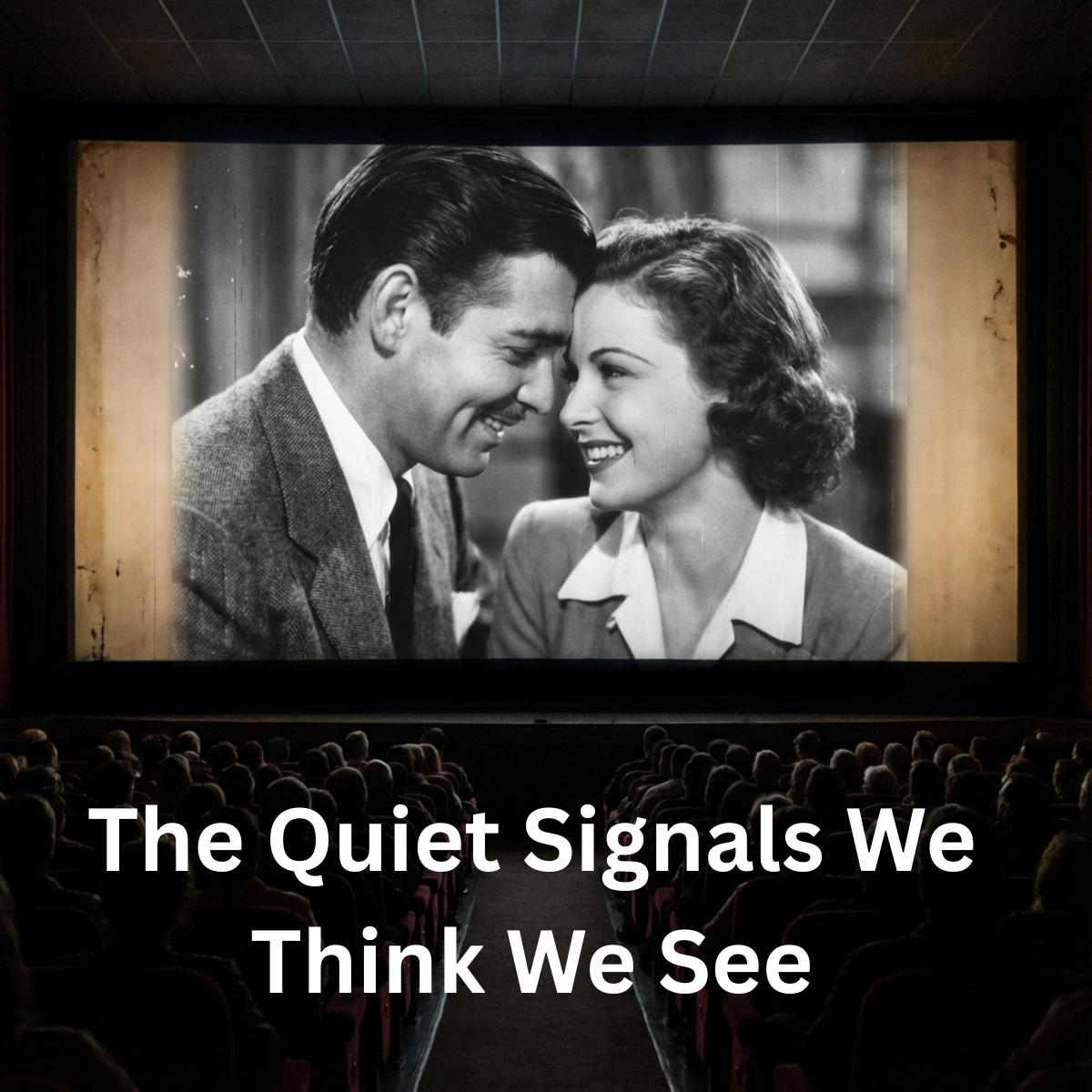My family and a few friends were strolling through the downtown area of our city, casually browsing various stores. As we walked, we came across a jewelry store with an intriguing display in their window. The display featured a small cup filled with old gold jewelry, including a ring, necklace, cuff links, and earrings. A sign beside the display read, “For this amount of gold, you can pocket $2,000.” As we stood there, a small crowd gathered, and people began to make comments about the display.
I have been contemplating the concept of value and how it plays a significant role in human interactions, particularly in the business world. We constantly engage in activities that involve expressing and negotiating value, whether we are consciously aware of it or not. These situations can range from job interviews where we discuss compensation to selling products or services, seeking investments, borrowing money, or even trying to gain followers or subscribers.
In each scenario, we attempt to coordinate a mutually beneficial and valuable transaction for both parties. This fascinating aspect of human interaction is often overlooked, as the subtleties behind the communication and value exchange between individuals are not always apparent. This area of discovery offers a deeper understanding of the intricate dynamics that drive our relationships and transactions with others.
While observing the jewelry store display, I couldn’t help but notice the diverse expressions of value in the comments made by the people around me. A teenage girl admired the retro earrings, envisioning how they would complement her old jean jacket. Meanwhile, a man joked that he could easily find a similar amount of old gold in his wife’s closet and use it to pay for dinner. A younger man saw the cuff links as a potential addition to his wardrobe, as he recently bought a shirt that they would complement. As for myself, I considered the ring as a possible gift for one of my daughters. It was fascinating to see how each person perceived the value of the items in the display through their own personal lens.
Indeed, the diverse perspectives on the value of the displayed jewelry illustrate an important lesson when it comes to expressing a value proposition to another party. Everyone perceived the value of the items based on their own personal needs and desires despite seeing the same display and price tag. This emphasizes the importance of understanding that each individual will interpret the value of a product or service based on their own unique circumstances and requirements.
As a result, it can be quite challenging to accurately assess someone’s needs and desires at a glance. This highlights the importance of effective communication, empathy, and active listening in order to understand the other party’s perspective and tailor your value proposition accordingly.
When you describe yourself, your business, your product, or your service to another person, they will immediately try to ascertain if you can provide them any value. However, it’s essential to recognize that you cannot fully know or understand how they will interpret that value on first impression.
Given this uncertainty, it’s wise to start with a succinct and brief description before attempting to convince someone of the value you represent. This approach allows you to gauge their initial reaction and gain insight into the potential value they may perceive. This information can then tailor your value proposition and communication to better align with their needs and desires.
A value proposition is built during an interaction rather than just a statement or a marketing description. While examples, testimonials, and stories of how others found value in a product or service can be helpful, it’s more important to be descriptive and provide a clear and concise explanation of what you, your product, or your service offers.
By doing so, you allow the other person to quickly assess whether or not there is potential value for them. Once you’ve established that foundation, you can then use examples, testimonials, and other persuasive techniques to demonstrate further the value you can provide. Ultimately, the key to effectively communicating a value proposition lies in understanding the other person’s needs and clearly articulating how your product or service can address those needs.




